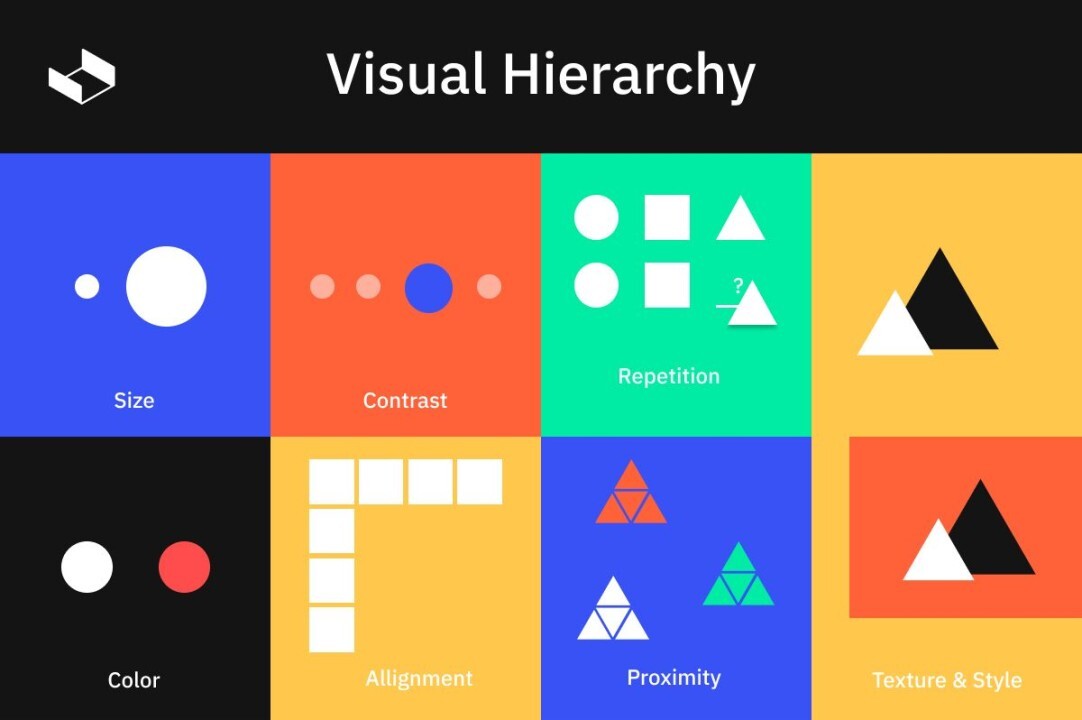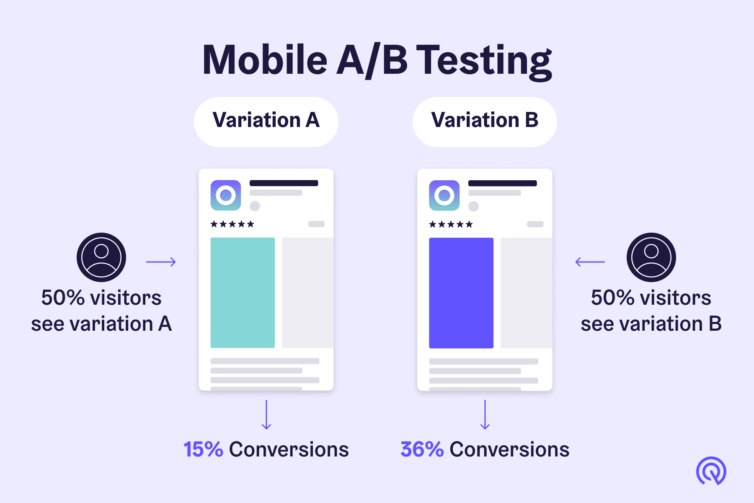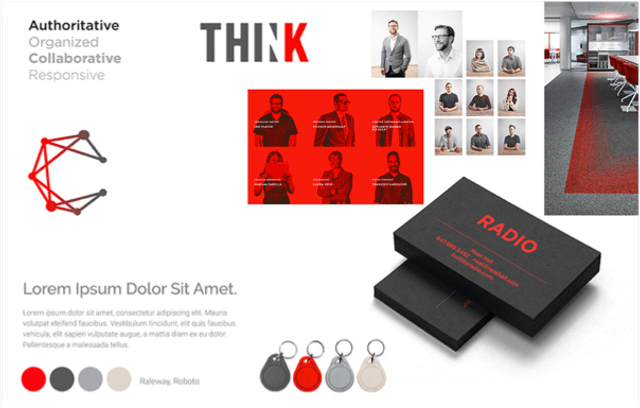In the world of digital marketing, visual content reigns supreme. It’s the magnet that draws in your audience, the spark that ignites engagement, and the glue that keeps your brand etched in the memory. But in the graphic wilderness where content is as plentiful as it is potent, how do marketers ensure their visual narratives stand out? Welcome to a treasure trove of graphic design tips tailored to marketers looking to cultivate compelling visual content.
Unveiling the Art of Visual Storytelling
At the heart of graphic design lies the age-old practice of storytelling. Each element — from the choice of colors to the selection of fonts — hinges on the narrative you wish to weave.
The Power of a Consistent Visual Identity
Consistency is key when it comes to visual branding. Every color, every logo, and every design choice should reflect your brand’s core ethos. When a customer recognizes your brand’s spirit in a sea of content, you’ve found the X on the treasure map of visibility.
Action Points for Marketers
- Branding Guides: Develop and maintain comprehensive branding guides that dictate how visuals are to be used in all marketing materials.
- Visual Mood Boards: Construct visual mood boards that capture the essence of your brand’s aesthetic and refer to them in every design decision.
Aligning Aesthetics with Audience
Understanding and resonating with the audience is as vital as the tale itself. A design that speaks directly to the viewer’s passions or solves a problem is a design that will not go unnoticed.
Action Points for Marketers
- Conduct Surveys and Focus Groups: Regularly conduct surveys and focus groups to gauge audience preference and perception of your brand’s visual identity.
- Tailored Visuals for Different Channels: Customize visuals to suit the nuances of the various platforms where they’ll be shared, ensuring they maintain their efficacy and appeal.
Mastering the Tools of the Digital Design Trade
In the digital domain, the tools at your disposal are just as important as the message itself. From Adobe’s royal suite to a plethora of online services, the right tool can make the difference between noise and a harmonious symphony of design.
The Adobe Way and Beyond
The Adobe trio of Photoshop, Illustrator, and InDesign stands tall as the industry standard, equipping designers and marketers with the means to create anything from a dynamic social media graphic to a comprehensive e-book layout. But they’re not the only players in the game; new tools like Canva and Figma offer their own suites of creativity-meeting-utility.
Action Points for Marketers
- Upskill with Design Software: Invest time and resources into training your team with the latest design software that’s appropriate for your business needs.
- Explore Design Marketplaces: Discover and utilize design templates and assets from marketplaces like Creative Market and Adobe Stock to maintain professionalism and savviness in your visual content.
Navigating the Sea of Color and Composition
Color and composition are the bread and butter of design. They dictate the emotional response and the ease of understanding a piece of visual content.
Harnessing the Psychology of Color
Each color carries inherent psychological triggers. The choice of color in design influences the look and feel of content, shaping the viewer’s perception and emotional response.
Action Points for Marketers
- Educate on Color Theory: Familiarize your team with the basics of color theory and the emotions that each color can evoke, ensuring that there’s intention behind color choices.
- Maintain a Cohesive Color Palette: Establish and adhere to a cohesive palette to maintain the brand’s visual identity and to create a unified consumer experience across all touchpoints.
Composition and the Art of Layouts
Composition is the arrangement of visual elements within a frame, and a harmonious layout is what directs the eye and tells a story without words.
Action Points for Marketers
- Master the Grid System: Learn and implement the principles of the grid system for balanced and professional-looking layouts in everything from emails to landing pages.
- Pay Attention to Visual Hierarchy: Use contrast and size to establish a clear visual hierarchy that guides the viewer’s gaze through the design in a deliberate order, ensuring that the most important information gets the most attention.

The Mobile Mandate and the Future of Graphics
With mobile usage skyrocketing, designs must look not only good but also effective on every size and shape of screen. The future of graphic design is mobile, and marketers must learn to design for that future now.
Mobile Design Essentials
When designing for mobile, the screen’s real estate is both the biggest constraint and the greatest opportunity. Optimizing for mobile consumption means prioritizing simplicity and clarity.
Action Points for Marketers
- Mobile-First Design Thinking: Shift to a mobile-first mindset, ensuring that all designs work well on small screens before scaling up to desktop.
- Test Across Devices: Regularly test how your visual content appears and performs across different devices to ensure a seamless user experience.
The Role of Animation and Video
Animated content and video have a way of capturing attention and are becoming increasingly accessible with advancements in technology.
Action Points for Marketers
- Integrate Animation Wisely: Use animation and video where they enhance the story or the user experience, being mindful not to overdo it and compromise loading times or distract from the message.
- Understand Video Metrics: Familiarize yourself with video metrics and which data points are most valuable in understanding audience behavior, such as watch time, completion rate, and click-through rates.
The Laws and Ethics of Content Creation
In a world where imitation is the sincerest and often the fastest form of flattery, ethics in content creation can sometimes be blurred. But for the marketer seeking longevity and trust, originality and legal compliance are non-negotiable.
The Copyright Conundrum
Understanding copyright laws is essential to staying within legal boundaries, and knowledge of fair use can be a game-changer in creating within the law.
Action Points for Marketers
- Establish a Copyright Workflow: Design a workflow that ensures all visual content is either original, properly licensed, or comes under fair use policies.
- Educate on Fair Use: Educate your team on the principles of fair use to foster creativity while respecting intellectual property rights.
Attribution and Plagiarism Considerations
The art of attribution is a tightrope walk between giving credit and cluttering your design. Knowing when and how to attribute is a skill every marketer must cultivate.
Action Points for Marketers
- Implement a Clear Attribution Policy: Create a clear policy for when and how to attribute other creators, and ensure it’s adhered to for all content.
- Use Plagiarism Detection Tools: Regularly scan your visual content through plagiarism detection tools to maintain originality and avoid legal issues down the line.
Visual Impact and Analyzing Engagement
The final act of the visual design symphony comes with understanding the audience’s reaction. Analyzing engagement can reveal the true impact of your visual content.
The Metrics that Matter
Clicks, shares, likes, and comments — each a note in the melody of engagement. Understanding these metrics illuminates what hits the mark and what needs tuning.
Action Points for Marketers
- Utilize Analytics Tools: Integrate design tools with analytics platforms to track how audiences interact with your visual content and make data-driven decisions for future designs.
- Regular A/B Testing: Constantly A/B test different visual elements to see what resonates best and incrementally improve the efficacy of your visual content.

Iterating Based on Feedback
Feedback is a gift, and using it to iterate your designs is what separates the good from the great. Hear the audience and adapt the story accordingly.
Action Points for Marketers
- Collect Direct Feedback: Create channels for direct feedback on your visual content, whether through comments on a post or requests in customer service, and take them seriously as insights into your audience’s expectations.
- Iterate and Redefine: Based on feedback and analytics, revisit and redefine your design approach, altering aspects like color palette, typography, or layout to better serve your audience and your brand’s goals.
Wrapping Up and Looking Ahead
The canvas of marketing is more than just the numbers and dollars; it’s the stories that connect and the designs that speak. In mastering the art of visual content, the road ahead is filled with both the known path and unexplored territory. But with the right tools, knowledge, and mindset, every marketer can turn this canvas into a masterpiece, with their brand at the forefront of the digital renaissance. Looking to implement compelling visual content in your business? Contact our team today.





